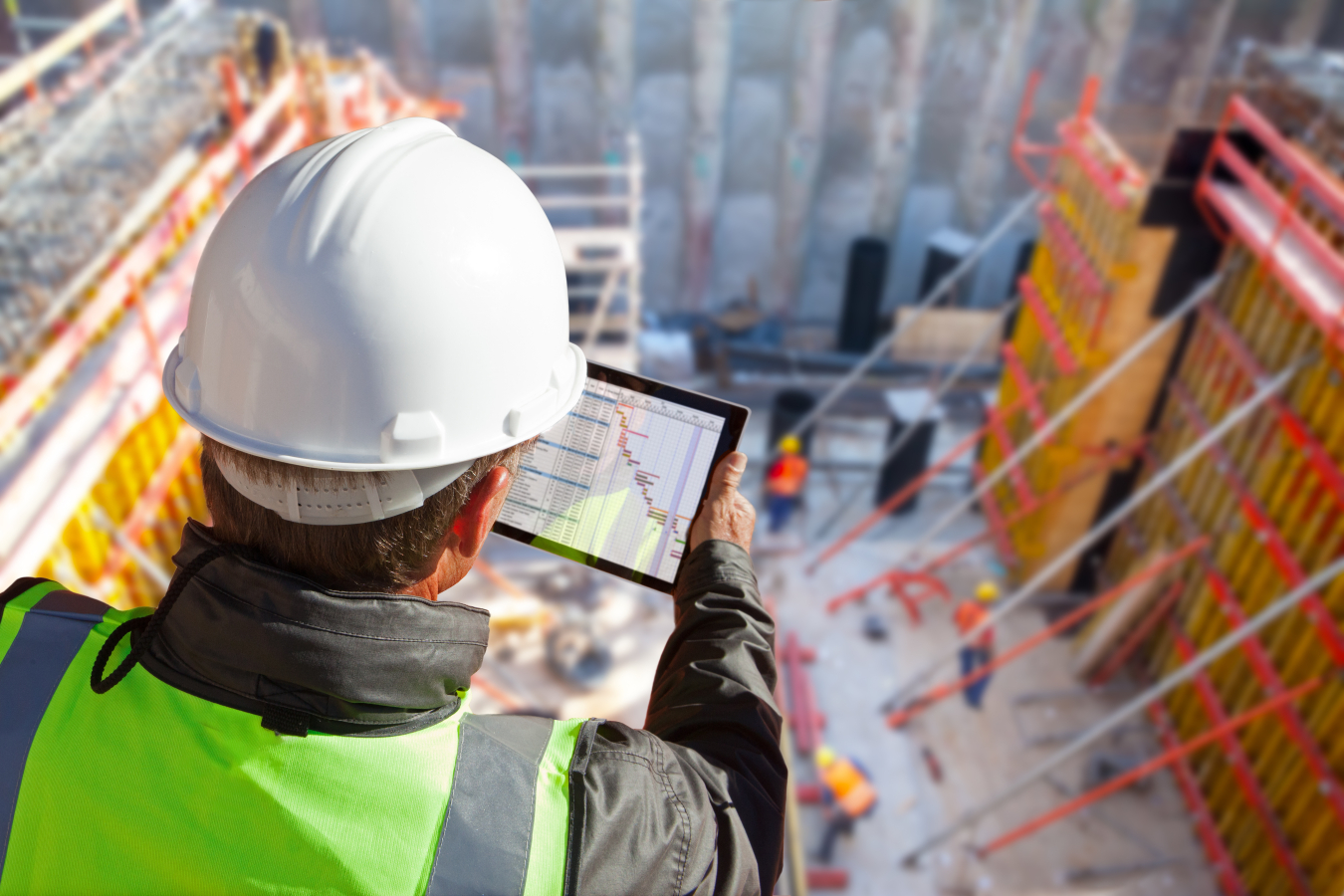
The Advanced Building Construction (ABC) Initiative integrates energy-efficiency solutions into highly productive U.S. construction practices for new buildings and retrofits. To pursue this mission, the ABC Initiative uses a two-pronged strategy: investing in new technologies and engaging private and public sector stakeholders across the buildings industry.
ABC Technology Investments
The ABC Initiative invests in new technologies that enable high building performance, can be deployed quickly with minimal onsite construction time, and are affordable and appealing to building owners, investors, and occupants. This investment primarily takes the form of funding opportunity announcement (FOA) awards, such as the technology teams selected from the 2019 ABC FOA. These awardees use many innovations, including the following approaches:
New Building Materials
Building with newly developed materials, such as recycled materials or existing materials not traditionally used in construction, can decrease the overall energy used to construct buildings while simultaneously decreasing operational energy usage. New materials also pave the way for buildings to host and act as distributed energy resources, incorporating technologies such as solar panel facades, thermal storage, and sealants with self-healing capabilities.
3D Printing and New Methods of Fabrication
Additive and subtractive manufacturing tools, such as 3D printers and computer numerical control (CNC) machines, have improved dramatically over the past few decades, opening doors for building structures and components that were previously impossible or incredibly time-consuming to create. With recent breakthroughs, these fabrication techniques may hold promise in accelerating production time and quality of building components. Although the best uses of 3D printing for buildings are not yet entirely clear, 3D printing may even be used to construct entire buildings and neighborhood blocks in the not-too-distant future.
Offsite Manufacturing
Factory and off-site construction methods have the potential to produce higher quality and faster construction timelines, improve productivity, increase the integration of various energy-efficiency technologies, and provide workers with controlled working conditions at lower costs. The increased precision and scalability that controlled factory settings provide can help ensure greater energy performance with the integration of tighter envelopes, better installed windows, smarter controls, and improved HVAC system designs.
Robotics
Advancements in robotics capabilities and controls allow for human workers to reach places or perform activities that were previously impossible. For example, robots can safely enter small spaces and cavities, such as ductwork, to perform air-sealing or other efficiency activities. Robots can be used to improve productivity and ensure consistency when installing energy-efficiency measures.
Digitization
Complex software and faster computing power, combined with artificial intelligence and machine learning, allow for the rapid intake and processing of information. For energy-efficient construction, machines can intake visual images, energy analysis and modeling, and other inputs to directly translate data into the fabrication of building components including walls, roofs, or interior design features. This process, also known colloquially as "art-to-part," can help bridge the gap between a traditional building and a high-performance building with smarter, energy-efficient components.
ABC Stakeholder Engagement
The ABC Initiative also partners with key building sector stakeholders to tackle related challenges, including workforce training, business models, demand growth, and service delivery. This engagement occurs primarily through the ABC Collaborative, an entity funded by the 2019 ABC FOA. The Collaborative brings together builders, manufacturers, owners, and other key stakeholders to address barriers to transferring ABC technologies to the market. For more information on our approach to stakeholder engagement, see the ABC Collaborative webpage.
Learn more about DOE’s strategies for enabling advanced building construction in our ABC fact sheet.

